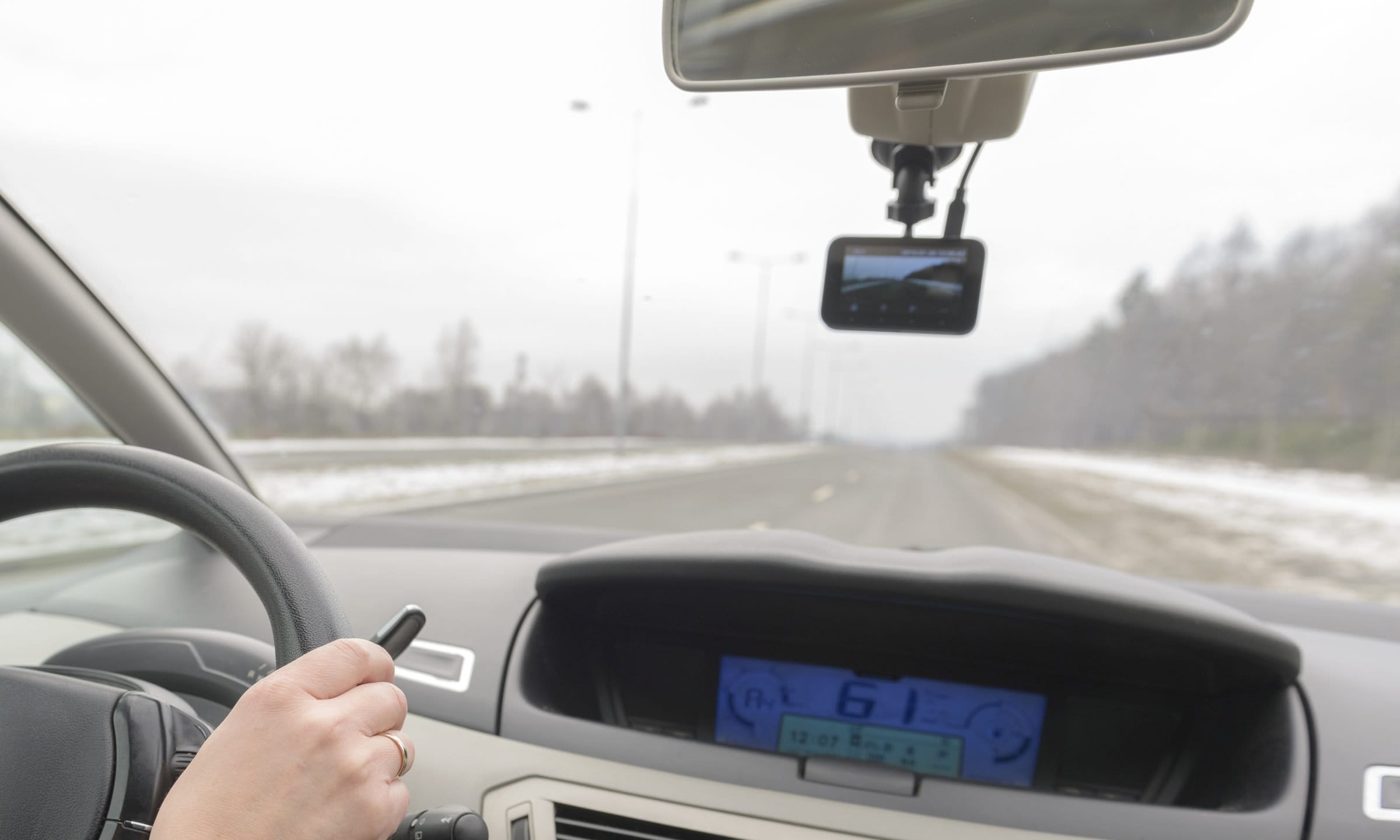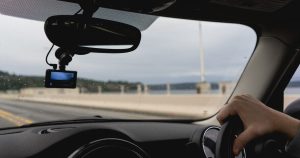Aloha! Whether you’re a resident of the beautiful Hawaiian islands or a visitor enjoying the sunshine and scenery, navigating the roads can be both exciting and a touch challenging. With stunning views around every corner, it’s easy to get distracted. However, sharing the road with diverse drivers and unique traffic patterns means staying alert and prepared for anything.
In recent years, dash cams have become increasingly popular tools for drivers across the US. These small cameras mounted on the windshield record your journey, providing valuable video evidence in case of accidents or traffic violations. But with each state having its own regulations regarding dash cams, it’s important to understand the legalities before hitting the road.
This comprehensive guide dives deep into the world of dash cam regulations in Hawaii. We’ll explore the legality of using dash cams, proper placement guidelines to ensure you’re following the law, and answer some frequently asked questions to keep you informed and prepared for your Hawaiian adventure.
Are Dash Cams Legal in Hawaii?
The good news for Hawaii drivers and visitors alike is that dash cams are legal to use in the Aloha State. This means you can have peace of mind knowing you have an extra set of “eyes” on the road, potentially capturing valuable footage in the event of an incident.
However, there’s a small but crucial caveat: placement is key. Unlike some states with no specific guidelines, Hawaii has regulations regarding where you can mount your dash cam. Installing your camera in the wrong spot can not only obstruct your view but also land you in legal trouble.
Dash Cam Placement Regulations in Hawaii
Hawaii Revised Statutes (HRS) Chapter 291-11.5 addresses the placement of objects on the windshield. The law states that no person shall operate a motor vehicle with an object or material affixed to the windshield that obstructs the driver’s clear view through the designated area. This designated area is generally defined as the portion of the windshield necessary for the driver to operate the vehicle safely.
So, how does this translate to dash cam placement? Here’s what you need to know:
- Windshield Mounting: If you prefer to mount your dash cam directly on the windshield, you have two designated locations:
- The top corners of the windshield
- The bottom corners of the windshield
- Size Restriction: There’s a size restriction for windshield-mounted dash cams. The camera and its mount combined cannot exceed a total area of five square inches.
- Alternative Mounting: If you’d rather avoid mounting your dash cam on the windshield entirely, you have other options. Hawaii allows for “non-obstructive” placements, such as:
- On the dashboard
- Above the dashboard
- On the rear window (as long as it doesn’t interfere with your rearview mirror)
Following these guidelines ensures you’re operating your vehicle legally and maintaining a clear view of the road.
Benefits of Using a Dash Cam in Hawaii
Now that you understand the legalities of dash cam use in Hawaii, let’s explore the many benefits they offer:
- Accident Evidence: In the unfortunate event of an accident, dash cam footage can provide crucial evidence to support your claim. It can help determine fault, expedite the insurance process, and even protect you from fraudulent claims.
- Traffic Violation Proof: Dash cams can also capture instances of reckless driving or traffic violations by other motorists. This footage can be used to report the incident to the authorities and potentially help improve road safety.
- Peace of Mind: Knowing you have a record of your journey can provide a sense of security and peace of mind, especially on unfamiliar roads or in areas with higher accident rates.
- Insurance Discounts: Some insurance companies offer discounts to drivers who use dash cams. This is because dash cams can potentially reduce fraudulent claims and make accident investigations more efficient.
Additional Considerations for Dash Cam Users in Hawaii
Once you’ve decided to get a dash cam and have a legal mounting location in mind, here are some additional factors to consider:
- Dash Cam Features: Dash cams come in a variety of features and price points. Consider factors like video resolution, night vision capabilities, loop recording (which automatically overwrites older footage), and parking mode (which can capture activity even when your car is parked).
- Audio Recording: Hawaii has no specific laws prohibiting audio recording with dash cams. However, it’s always a good practice to inform passengers that audio recording is taking place, especially if you’re traveling with people you don’t know well.
Data Storage and Management
Data storage and management is an important aspect of using a dash cam. Here’s what you need to know:
- Memory Cards: Dash cams typically record footage onto removable memory cards (microSD cards are common). Choose a high-quality, high-speed card with enough storage capacity to meet your needs. Consider factors like video resolution and loop recording settings when determining storage needs.
- Downloading and Backing Up Footage: It’s crucial to download and back up important footage from your dash cam regularly. This will ensure you have a copy in case the memory card becomes corrupted or overwritten. You can transfer footage to your computer or a cloud storage service.
- Privacy Considerations: While dash cam footage can be incredibly beneficial, it’s important to be mindful of privacy concerns. If you capture footage of other drivers or pedestrians, it’s best to blur out faces or license plates when sharing the videos online or with third parties.
Tips for Using Your Dash Cam in Hawaii
Here are some handy tips to maximize the effectiveness of your dash cam in Hawaii:
- Adjust the Date and Time: Ensure your dash cam’s date and time settings are accurate. This will be crucial if you need to use the footage as evidence.
- Maintain a Clear View: Even with legal mounting locations, double-check that your dash cam doesn’t obstruct your view of the road in any way.
- Consider Parking Mode: If your dash cam has a parking mode feature, enable it for added security when your car is parked.
- Review Footage Periodically: Take some time to review your dash cam footage occasionally. This can help you identify any potential issues with the camera or ensure it’s capturing footage as expected.
Conclusion
By understanding the legalities of dash cam use and following the proper placement guidelines in Hawaii, you can ensure you’re operating your vehicle safely and legally. With the many benefits a dash cam can offer, from providing accident evidence to peace of mind, it can be a valuable tool for any driver navigating the beautiful roads of Hawaii.
Remember, driving in Hawaii is all about embracing the Aloha spirit. By following the rules of the road, using caution, and being respectful of other drivers, you can ensure a safe and enjoyable journey for yourself and everyone else.
Additional Resources:
- Hawaii Revised Statutes Chapter 291-11.5: https://www.capitol.hawaii.gov/hrscurrent/
We hope this comprehensive guide has helped you understand dash cam regulations in Hawaii. If you have any further questions, feel free to leave a comment below! Mahalo for reading!



